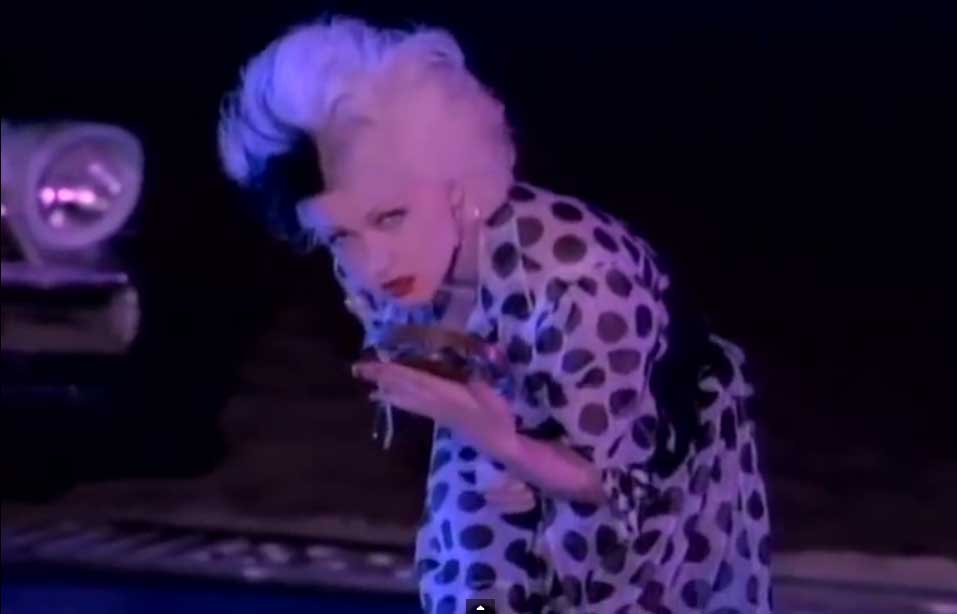Cyndi Lauper – “I Drove All Night”:
Desire at 90 Miles an Hour
Released on 24 April 1989 as the lead single from her third studio album A Night to Remember, Cyndi Lauper’s “I Drove All Night” marked a dramatic evolution in her sound and image. Gone were the playful punk-pop textures of “Girls Just Want to Have Fun” — in their place surged raw adrenaline, heart-on-the-dashboard emotion, and a bold sense of vulnerability wrapped in highway steel.
Part synth-rock pulse, part rock ballad cry, Lauper’s version became the first released recording of the song — and to many, the definitive one.
A Song With a Strange Journey
The track was written by Billy Steinberg and Tom Kelly, the hitmakers behind “True Colors” and “Like a Virgin.” Originally intended for Roy Orbison, he recorded it in 1987, but his version wasn’t released until 1992, three years after Lauper introduced it to the world.
Where Orbison’s rendition leaned retro, Lauper’s was urgent, stormy, and undeniably modern — she reimagined the song as a tempest of longing and motion.
Lyrical Tension, Unapologetic Longing
At its core, “I Drove All Night” is an unabashed declaration of desire. Lauper’s narrator isn’t waiting by the phone — she’s charging through the night: “I drove all night / To get to you / Is that all right?” There’s a beautiful duality at play: the lyrics are stripped down, but the delivery is electric. The song doesn’t ask for permission so much as it warns you she’s already there.
Production: Grit Meets Gloss
Produced by Lauper and Lennie Petze, the track pairs pounding synths with jagged guitars and relentless drum programming. The arrangement doesn’t just support the lyrics — it accelerates them. Lauper’s voice, soaring and gritty, carries the emotion from restraint to explosion. It’s a road trip soundtrack for the heartsick and the brave.
A Striking Video, A New Image
The music video, co-directed by Lauper and Scott Kalvert, embraced the song’s nocturnal atmosphere. With projected film clips washing over Lauper’s face, noir lighting, and stylized driving imagery, it introduced a more dramatic, mature Lauper — less day-glo rebel, more storm-lit siren. It marked a clear shift in visual tone, aligning with her evolution as both artist and woman.
Chart Performance and Critical Impact
“I Drove All Night” became a Top 10 hit across multiple countries: No. 6 on the U.S. Billboard Hot 100, No. 7 in the UK, No. 8 in Canada, No. 11 in Australia, and Top 10 placements in France, New Zealand, and Ireland. It earned Lauper a Grammy nomination for Best Female Rock Vocal Performance, further proof of her genre-defying vocal prowess.
Years later, Orbison’s posthumous version would reach audiences, and Celine Dion’s 2003 cover would climb charts again — but Lauper’s remains the most urgent, visceral interpretation.
Legacy: A Torch Song in Motion
“I Drove All Night” cemented Cyndi Lauper’s artistic range. No longer boxed in by colorful quirkiness, she showed she could channel hunger, heartbreak, and liberation into something elemental. The song still resonates for those who’ve ever raced toward something that couldn’t wait — or who needed a voice that dared to ask “Is that all right?” as the engine revved and the heart roared.

